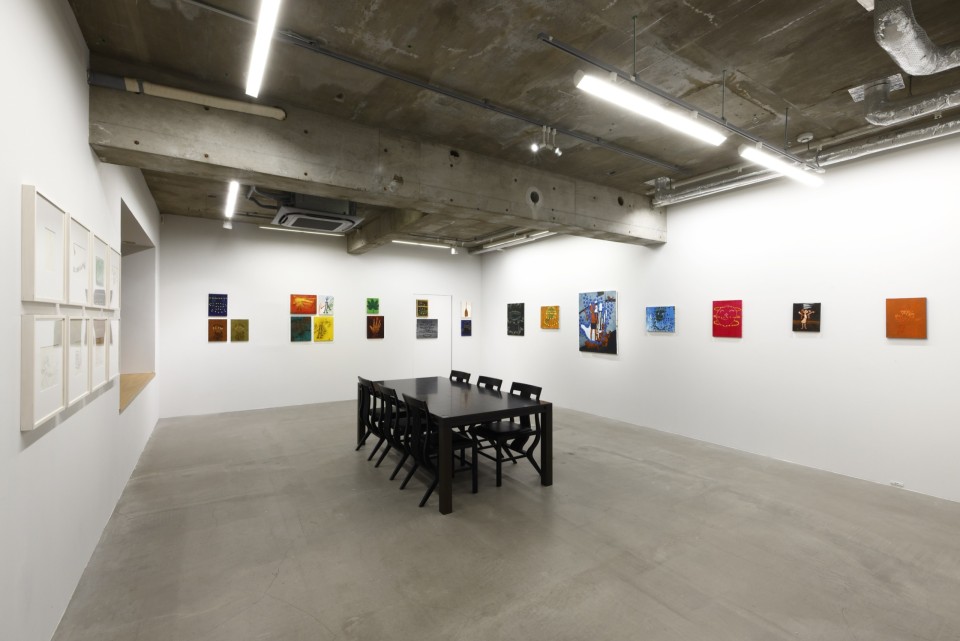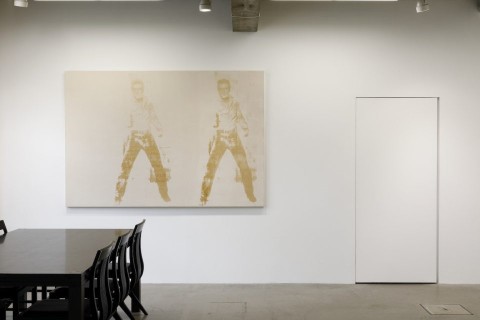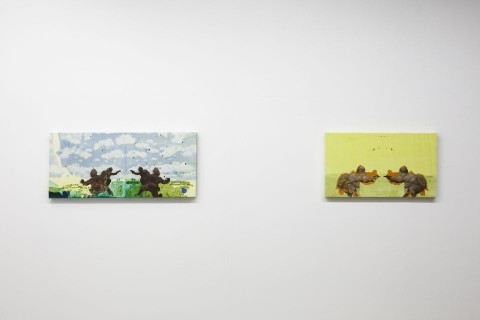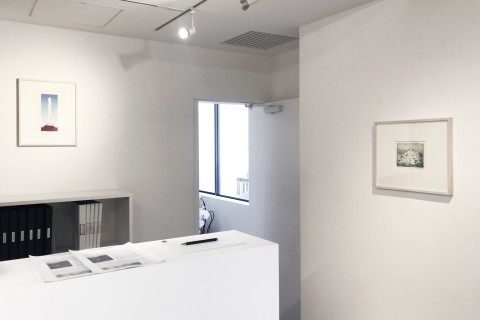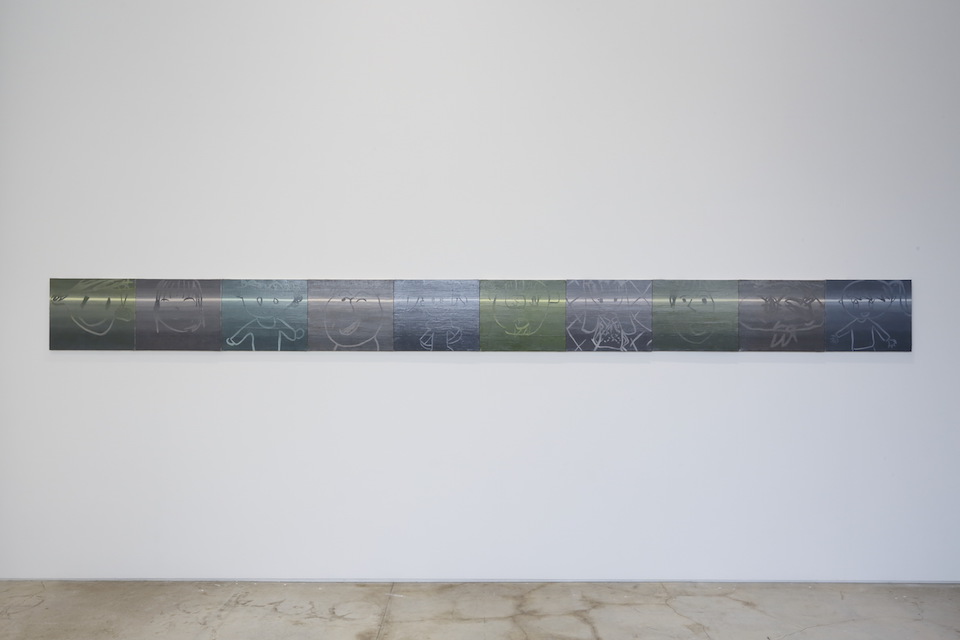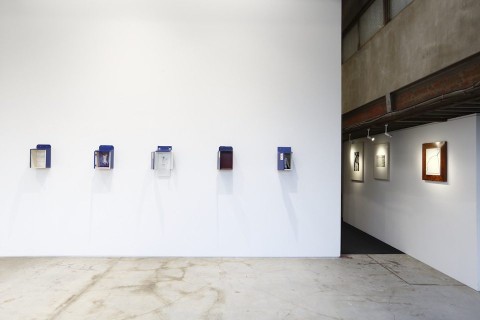Ozawa Tsuyoshi 小沢剛
Born in Tokyo in 1965. Earned master’s degree from the Department of Fine Arts of the Graduate School of Tokyo National University of Fine Arts and Music (majoring in mural painting) in 1991. Ozawa’s notable works include: his “Jizoing” series, in which he photographs statues of homemade Jizo statues situated in different environments; his Nasubi Gallery series of portable micro-galleries made from milk boxes; his “Museum of Soy Sauce Art,” in which he reproduces historical Japanese art masterpieces using soy sauce; and his “Vegetable Weapon” series of photographic portraits of young women holding “weapons” made of vegetables. Selected major solo exhibitions include: “Answer with Yes and No!” at the Mori Art Museum (Tokyo, 2004), “The Invisible Runner Strides On” at the Hiroshima City Museum of Contemporary Art (Hiroshima, 2009), “Tsuyoshi Ozawa : Everyone likes someone, as you like someone” at the Fukushima Prefectural Museum of Art and the Toyota Municipal Museum of Art (Fukushima, Aichi, 2012), “Tsuyoshi Ozawa Imperfection: Parallel Art History” at the Chiba City Museum of Art (Chiba, 2018). Selected major group exhibitions include: “Saitama Triennale: Envisioning the Future!” (Saitama 2016) and “Yokohama Triennale : Island, Consetellations & Galapagos“ (Kanagawa 2017) and the recently partially modified “Slug Buddha 88” is on permanent display in the Valley Gallery, which opened at Benesse Art Site Naoshima in March 2022. Ozawa’s artistic collaboration “The Xijing Men”, explores themes related to breaking communication barriers, with Chinese artist Chen Shaoxiong and Korean artist Gimhongsok, “Xijing Is Not Xijing, Therefore Xijing Is Xijing.” at 21st Century Museum of Contemporary Art, Kanazawa. (2016), “Art and China after 1989: Theater of the World” at Solomon R. Guggenheim Museum and Guggenheim Museum Bilbao (New York, Bilbao 2018)
Featured Work
“gnabmelaP no gnidnecseD spoortaraP esenapaJ Japanese Paratroops Descending on Palembang” was inspired by “Japanese Paratroops Descending on Palembang” by Goro Tsuruta (1890–1969), a documentary war painting that depicts a successful surprise attack on the Dutch-controlled Palembang oil field (now part of Indonesia) in 1942 by troops of the Imperial Japanese Army. Noticing that in almost all the war paintings depicting the bravery of Japanese troops, the enemy at the other end of the gun barrel is absent, Ozawa produced paintings partially reproducing “Japanese Paratroops Descending on Palembang” with a mirror image alongside. The mirrored gun points back at the shooter, conveying the reality that a gun pointed at others, over time, turns on the person who pointed it.
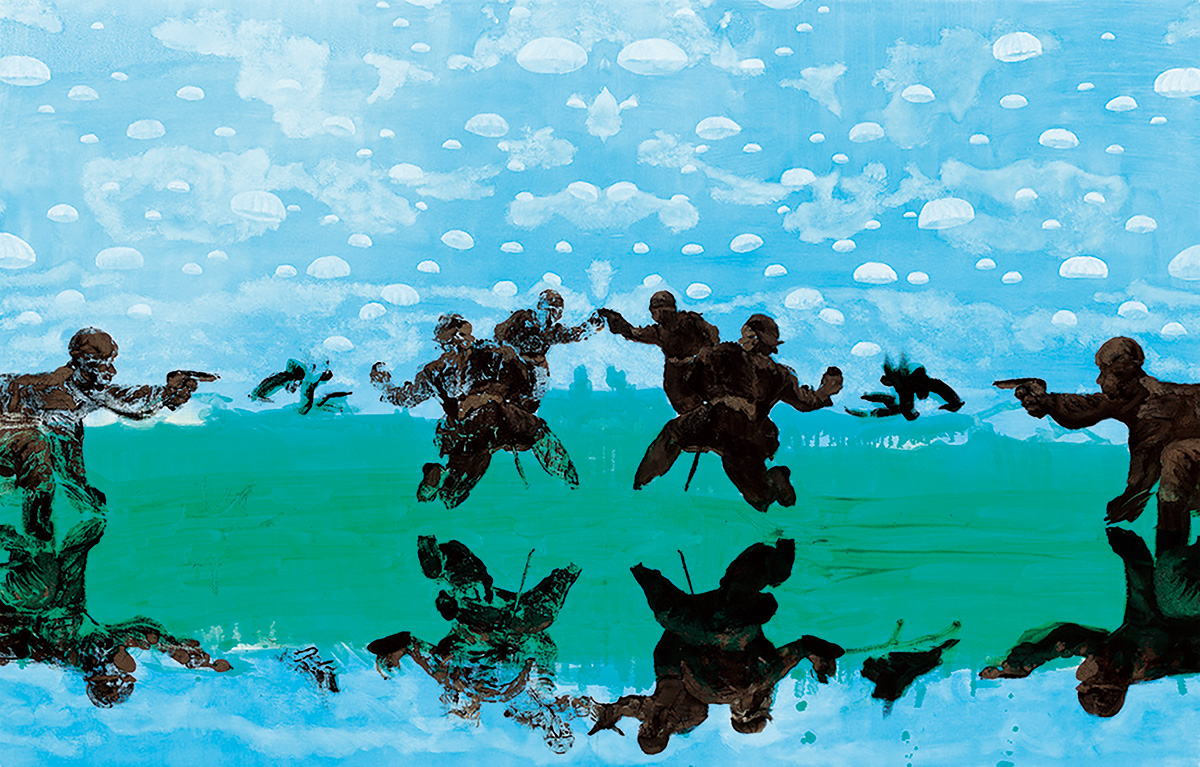
Ozawa Tsuyoshi, gnabmelaP no gnidnecseD spoortaraP esenapaJ Japanese Paratroops Descending on Palembang,
2017
Oil on canvas,145.5 x 227.3 cm

